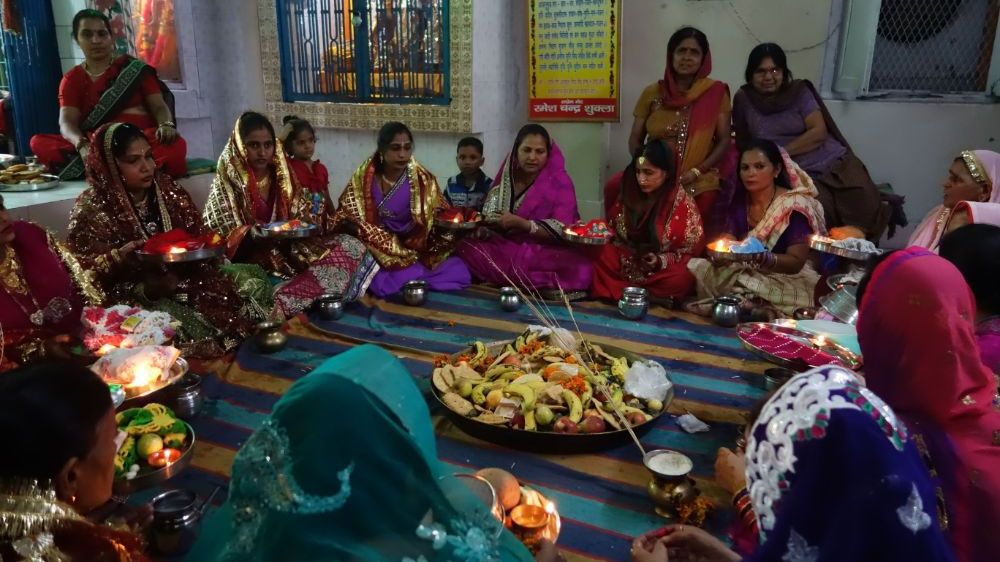About the group
"Religious festivals in Asia: Power, aspirations, and play" investigates the ways in which East, South, and South-East Asian festivals construct meaning in an open-ended manner.
Festivals often involve a wide variety of actors with different agendas. This makes them multi-layered, complicated events that always send mixed signals. As actors and their social context change, new meanings are attributed to old festivals, which in turn may change the festival procedures. The research group focus on this interface between signification and form, especially in times of change.
Festivals are tempting objects of political or corporate patronage. They may be used as stages for election propaganda or marketing, or as expressions of regional or national pride. Yet the network structure of festivals ensures that sponsors always need to negotiate the aspirations and playful contributions of the crowds that, in the end, define the festival’s atmosphere and direction. The group searches for new ways to understand this dynamic.
